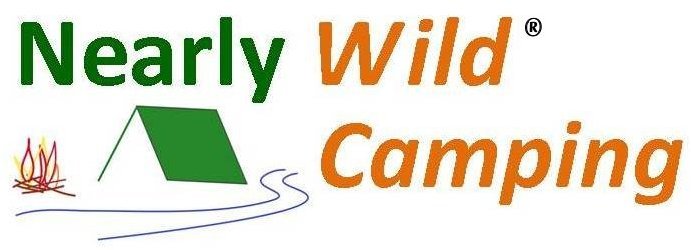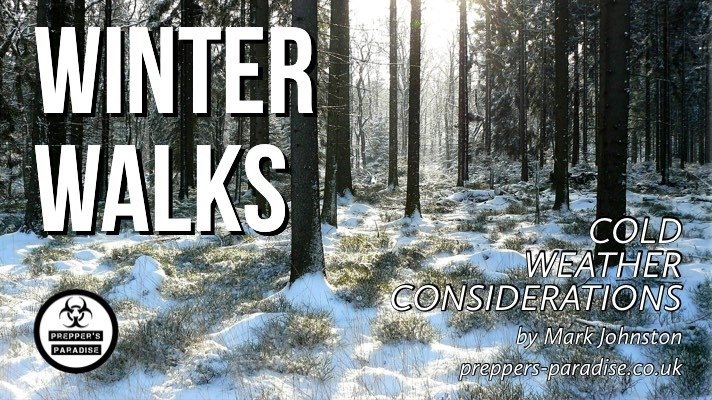
It’s that time of year where the days are shorter and the temperatures drop. Does that mean we
can’t get out and about due to the worsening weather? Absolutely not and we actively encourage
it, but more consideration into our safety whilst we are out and about is paramount. Whilst we
should already be looking after ourselves when in the outdoors on a normal day, there are extra
precautions to be observed when the weather changes for the worse and the temperature drops.
In the current climate of COVID-19, general camping unless in your own garden or private land
isn’t advised but daily exercise and outdoor activities within your local area is encouraged, so it’s
important to follow basic safety advice by not to put yourself in a situation that could cause harm
to yourself or others, thus putting extra pressure on the NHS.
Cold temperatures place physiological stresses on our bodies and dressing properly is one of the main
key factors to staying safe and healthy whilst in a cold climate.
The healthier and fitter you are reduces the risk of these stresses. Vulnerable people such as those
who are elderly, disabled, young kids and people with underlying medical conditions would of course,
require extra care and attention. One of the best ways of ensuring you stay warm is clothing – be sure
to wear the correct clothing or be prepared to suffer.
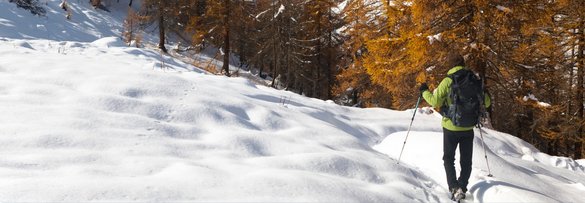
In the military we prepare personnel before going into any situation by providing them with the
necessary clothing and equipment for any situation. Even more so in my trade which is survival
equipment and SERE (Survive Evade Resist Extract) instruction where I teach personnel ranging
from Royal Marines to Fast Jet pilots the importance of personal survival, the correct use of
survival equipment and constant continual preparation training, should the need ever come.
I have seen many people in my career or even whilst out and about in my own free time in the
outdoors wearing the wrong clothing and not carrying the correct gear. This will have undoubtedly
ruined their outdoor experience and all it takes is a little knowledge of how to dress correctly and
be prepared for cold conditions.
Many people get confused by the term ‘layering’ when it comes to clothing, it doesn’t mean pile
on as many layers as possible or a single bulky garment to provide warmth. This could cause you
to overheat, not be able to regulate your body temperature appropriately and possibly add
unnecessary extra weight that could be cumbersome, thus impacting on mobility and flexibility.
‘Layering’ is made up of 3 layers which are classed as: base – insulation – outer. For cold climates
you would require all 3 layers.
When it comes to the above mentioned groups of vulnerable people, an added layer is important to provide the extra warmth required. Especially when static, for example, young children in a pushchair or carrier or wheelchair users require a double layer on their static limbs with a blanket or cover as due to there being no or little
movement, it’s harder for the flow of air between layers to generate the heat required, hence the extra layers required to provide the warmth needed.
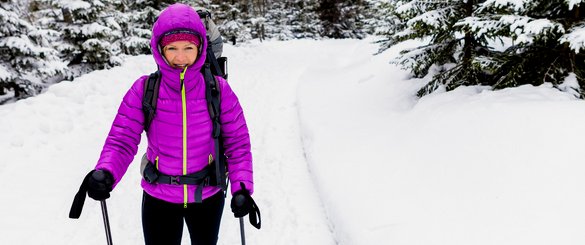
1 – Base Layer
The base layer should comprise of a soft, comfortable garment that is able to wick away
perspiration. Moisture in clothing will reduce the insulation, so it’s crucial to wear a base layer that
draws away the sweat. The most effective and efficient base layer should be close fitting to the
wearer’s skin.
2 – Insulation Layer
Next up is the very important insulation layer which would comprise of either a fleece or an
insulated jacket. This layer provides you with the warmth and should be breathable and be able to
retain heat. Fleeces offer warmth by retaining heat and removing moisture. Insulated jackets
provide a great array of properties and there many good options out there to choose from to suit
your personal preference. Adjustment is an important factor on the insulation layer to control body temperature with the use a zip for example.
3 – Outer Layer
The last layer is the outer which provides direct weather protection. It should be windproof and if
necessary waterproof providing warmth in cold, wet conditions. Ideally the layer should have
features such as draw cords or fastening cuffs to prevent heat loss.
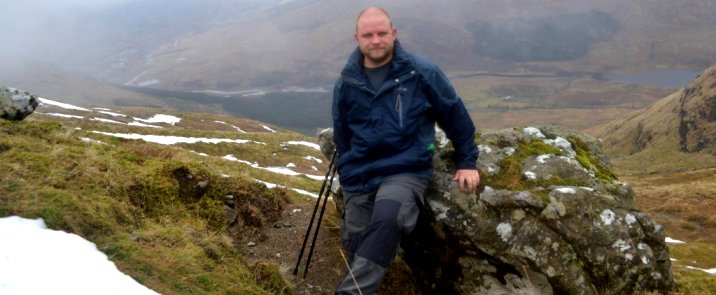
Things to watch out for:
Cotton is a no-no when it comes to layering as it absorbs moisture/water and will leave you colder
rather keeping you warm! The last factor not to forget is to accessorise appropriately, by that I mean winter hats, scarfs, gloves, socks and adequate footwear. People often overlook many of these garments but even if
they are not a staple (hopefully you would surely have some sort of socks and footwear on
regardless!) it is so important to at least just carry these whether you end up needing them or not
after all, it’s better to have something and not need it, rather than not have something when you
do need it.
Now that you are correctly dressed for the occasion, it’s important not to forget the equipment
you may require whilst out and about, even if it is just a local walk. The risk of injury is always high
when conditions are cold or hot, but staying on the topic of cold conditions brings up issues of
slips and trips resulting in cuts, bruises and possible broken bones. Do you carry a basic first aid kit in your backpack? If not, why not? A simple injury turning worse could be prevented by basic first aid.
Things to consider putting in your pack for a general local walk would be, basic first aid kit as
stated above, foil survival blanket (wrap round for warmth or to sit on cold ground if an accident
occurs and you are awaiting medical assistance), water for hydration, basic high energy snacks as
being out in the cold uses more calories, emergency whistle to attract attention if required, spare
socks in case feet get wet and of course, your mobile phone (fully charged before leaving) to call
for help if required.
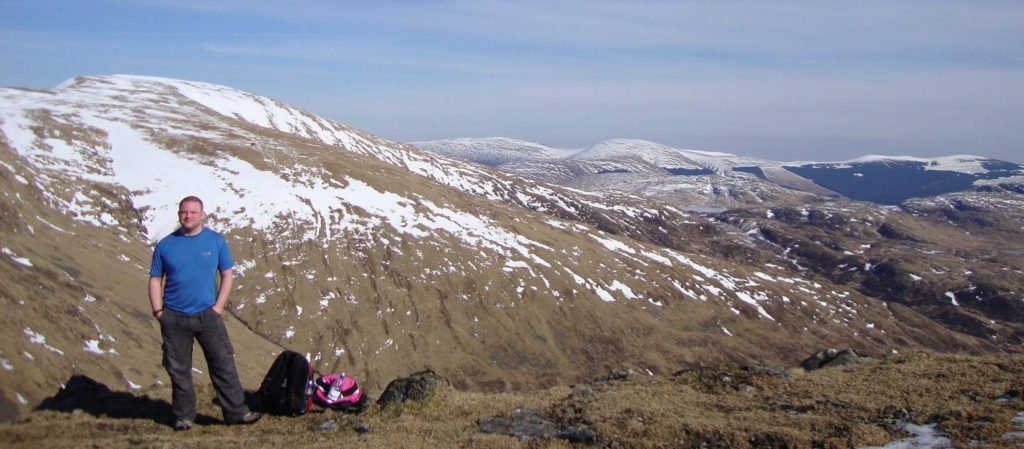
If you’re planning to go further afield, then adjust your equipment accordingly and be specific to
the climate you’re going to be in. The last piece of advice I can give to you is, to learn not just how a piece of equipment helps you in a situation but to also understand how that piece of equipment functions to help you in a
situation! This will help raise your own awareness and therefore your understanding of any equipment you may be required to use. Knowledge is powerful.
Preparation is key to all situations in life and when faced with cold conditions, this is even more so
important. At Prepper’s Paradise, we like to use the motto “Fail to prepare, prepare to fail!”
